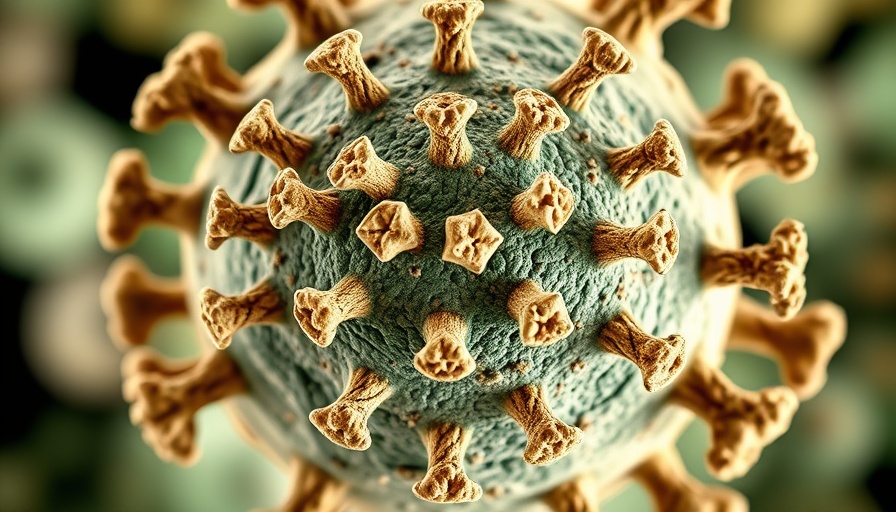
Rising Threat of H5N1: Understanding the Risks
The urgent call from the Global Virus Network (GVN) highlights an escalating threat—H5N1 avian influenza is affecting not just poultry but has also led to human infections and deaths. With the virus now detected in all 50 states and impacting nearly 1,000 dairy cow herds, public health experts emphasize the need for robust global action.
Why Enhanced Surveillance is Critical
Dr. Sten H. Vermund, chief medical officer of the GVN, stresses that understanding the current landscape of H5N1 infections is crucial for effective prevention. Enhanced surveillance mechanisms can help track the virus's evolution and mitigate potential risks. Experts warn of possible mutations that could facilitate human-to-human transmission, which underscores the dire necessity for a proactive approach to this viral threat.
The Importance of Biosecurity Measures
In regions particularly prone to outbreaks, stringent biosecurity measures are vital. This includes improving protective practices in high-density farming areas. According to the GVN, increased investment in testing, and monitoring animals and those in contact with them is essential. Such practices could curb the spread of the virus and safeguard both animal populations and human health.
Lessons from Previous Pandemics
One of the key takeaways from the SARS-CoV-2 pandemic is the absolute need for preparedness. Drawing from previous outbreaks, experts advocate for a multifaceted approach that incorporates lessons learned to strategize against the potential outbreak of H5N1. This means not just bolstering surveillance but also ensuring that health systems are ready for rapid response should the virus evolve.
The Role of Genomic Surveillance in Tracking Viruses
Experts like Dr. Marion Koopmans highlight the importance of genomic surveillance to track viral evolution accurately. Through continuous monitoring, researchers can identify unusual mutations or reassortments that could signal increased transmissibility. The GVN insists that sharing field observations and sequence data immediately could greatly enhance global preparedness against this shifting threat.
Public Health Preparedness: A Global Responsibility
The GVN argues for a concerted global effort to tackle the H5N1 threat, drawing parallels with the global response to the COVID-19 pandemic. Engaging with communities and improving public health initiatives framed around health and wellness can create a robust baseline to defend against potential outbreaks. This coordination is fundamental not only for immediate public health but also for ongoing community wellness.
Community Health and Wellness Initiatives: A Vital Connection
Integrating knowledge about H5N1 with community health and wellness initiatives could foster a more preventive approach. Promoting health education, improving biosecurity among poultry workers, and encouraging healthier lifestyles can significantly contribute to a healthier community. Organizations focused on health and wellness can play an instrumental role in disseminating information and ensuring that communities are well-prepared.
As the GVN urges vigilance, communities should align their health and wellness strategies with public health mandates to ensure comprehensive protection against emerging health threats. By doing so, a culture of preparedness can be cultivated, ultimately benefiting societal health and vitality.
 Add Row
Add Row  Add
Add 




 Add Row
Add Row  Add
Add 


Write A Comment